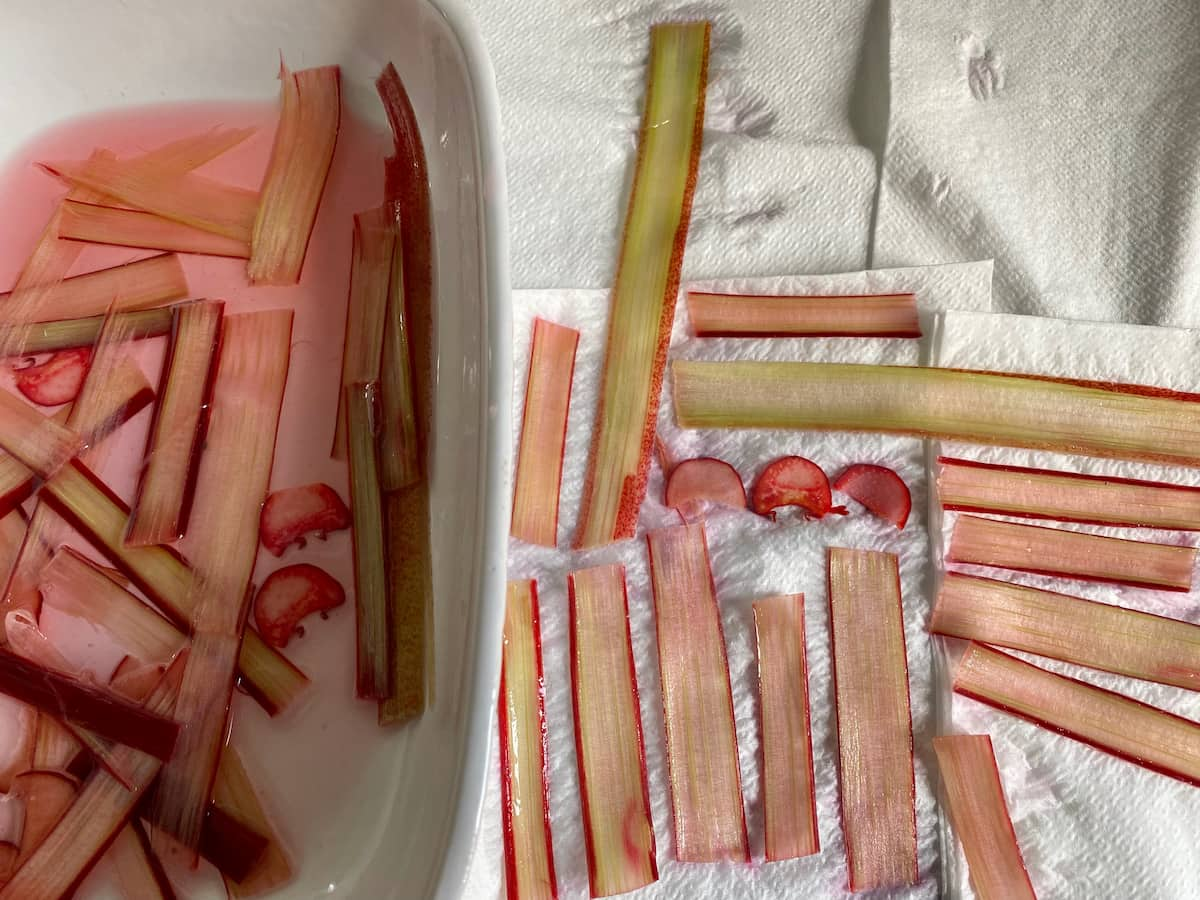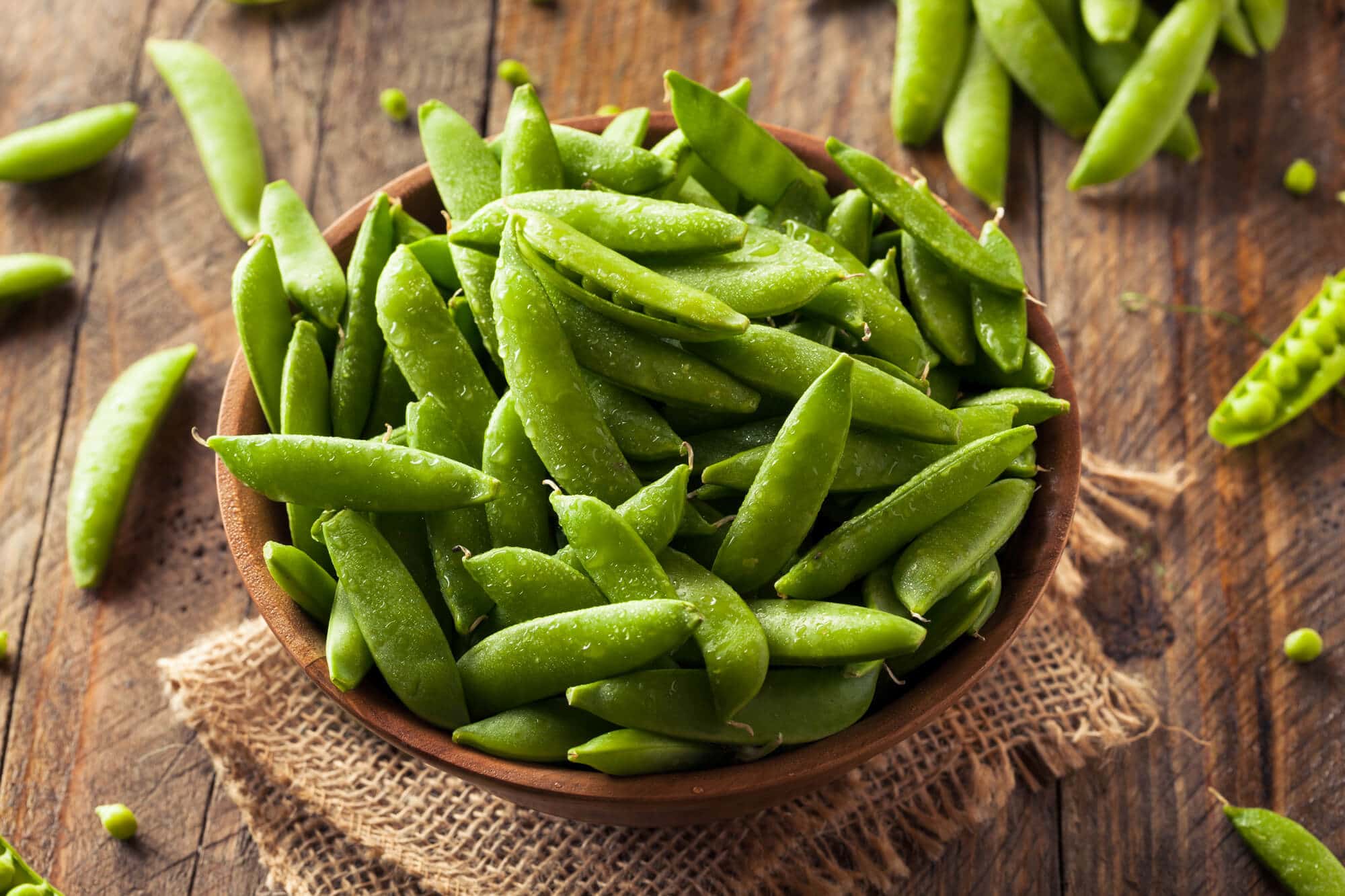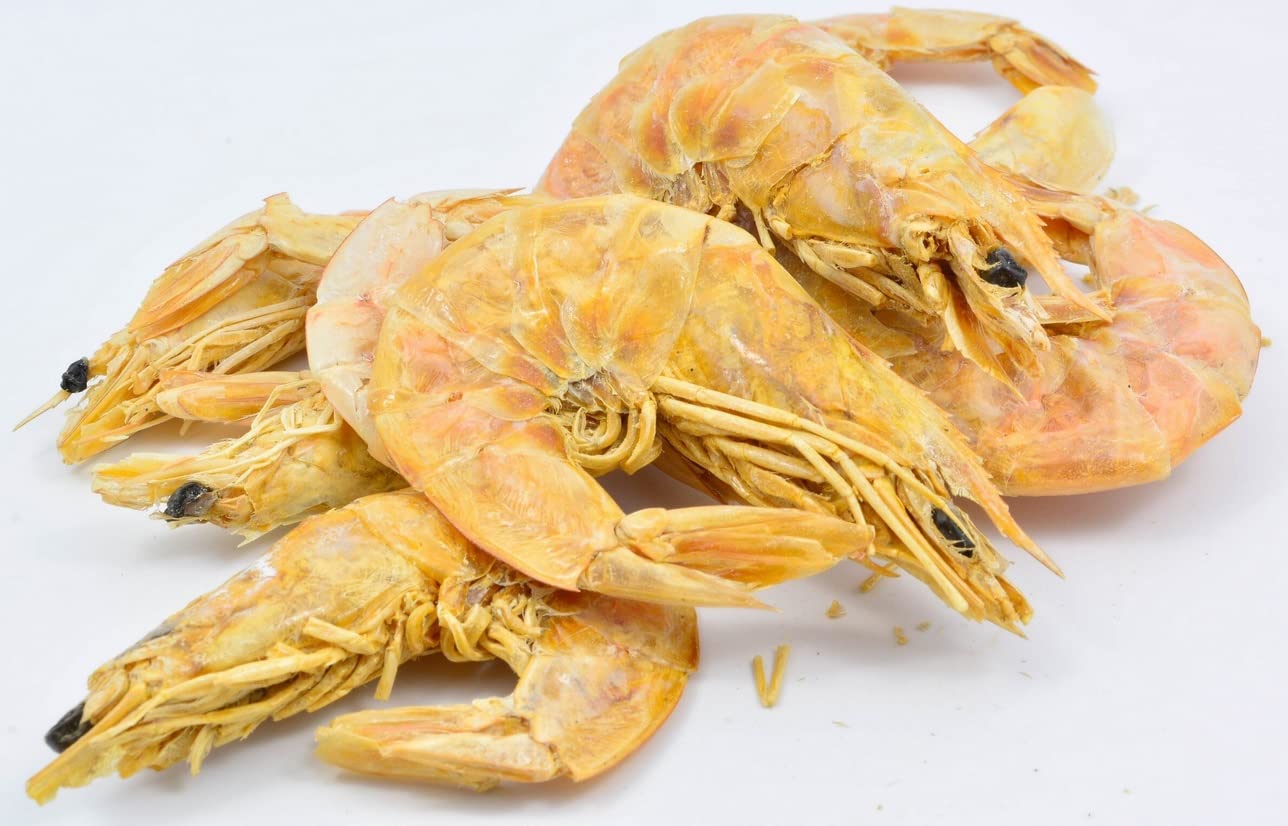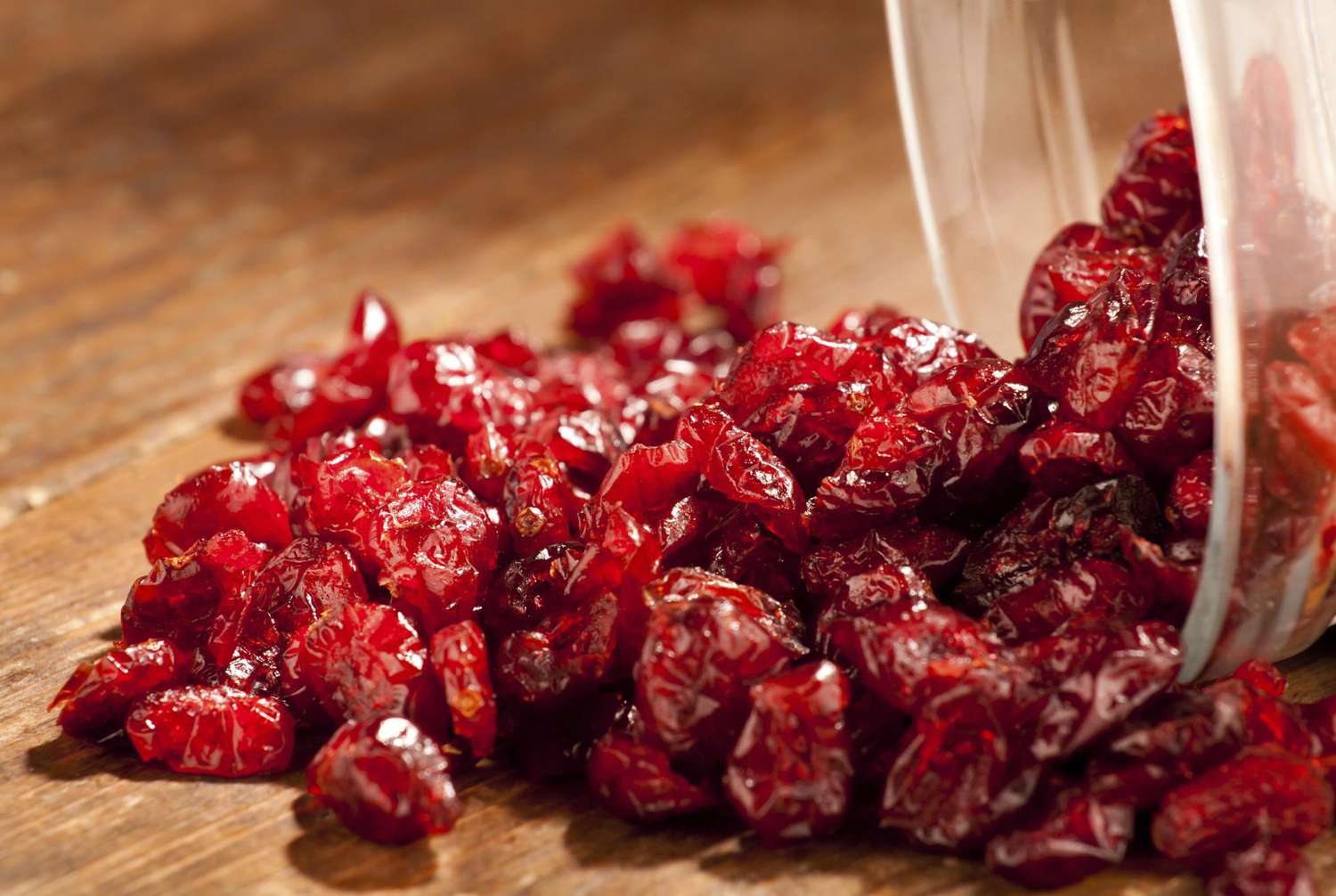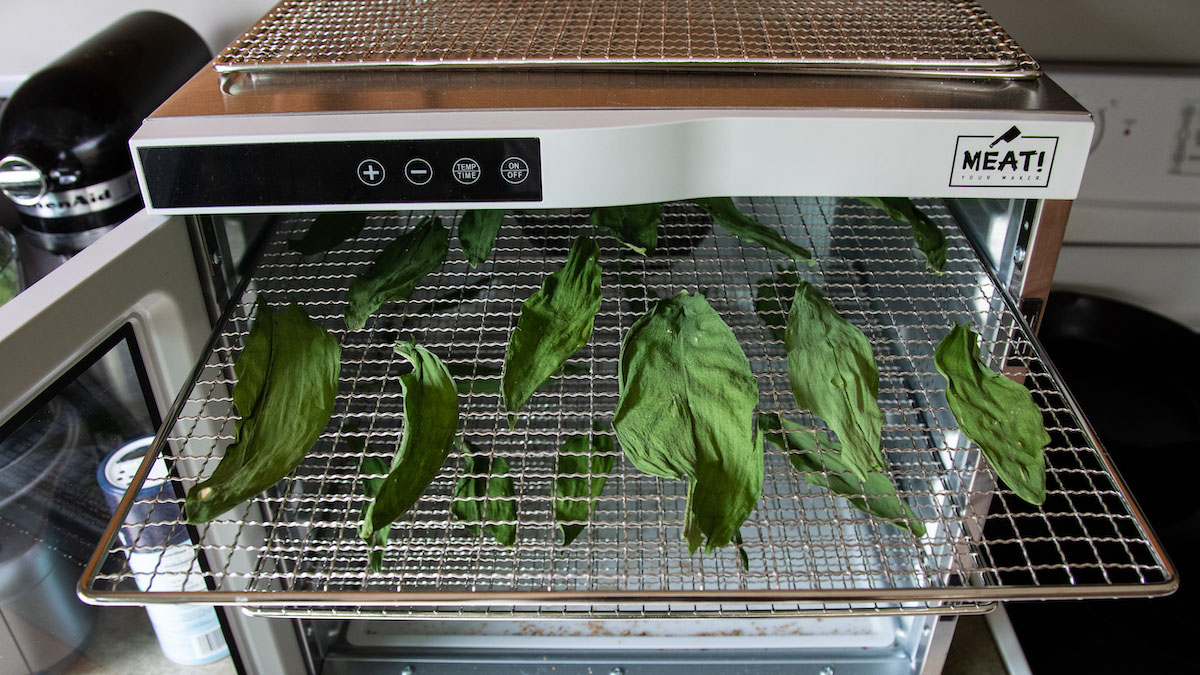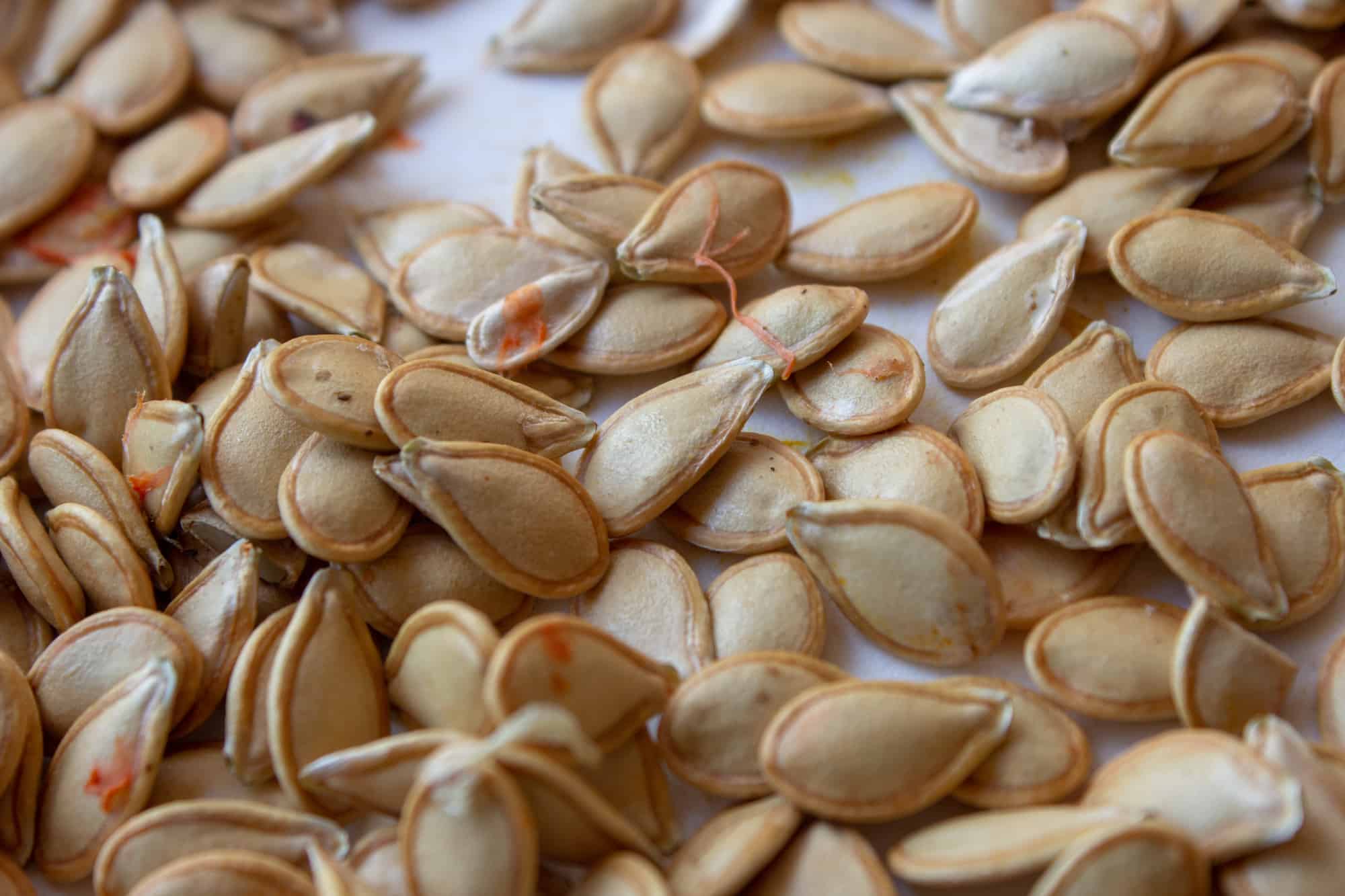Dehydrating Orange Peel: A Delicious and Useful Way to Reduce Waste
Oranges are not only delicious and nutritious, but their peels also have a variety of uses. One great way to make the most of this versatile fruit is by dehydrating the peel. Dehydrated orange peel can be used in cooking, baking, and even in homemade beauty products. In this article, we will explore the simple process of dehydrating orange peel at home.
Why Dehydrate Orange Peel?
Dehydrating orange peel is a fantastic way to reduce waste and make the most of the entire fruit. Instead of throwing away the peel, you can dehydrate it and use it in a variety of ways. Dehydrated orange peel adds a burst of citrus flavor to dishes and can be stored for extended periods, allowing you to enjoy the flavor of oranges long after the fruit has been consumed.
How to Dehydrate Orange Peel
Dehydrating orange peel is a simple process that can be done at home with just a few basic tools. Here’s a step-by-step guide to dehydrating orange peel:
- Prepare the oranges: Start by thoroughly washing the oranges to remove any dirt or residue. Use a sharp knife to carefully remove the peel from the oranges, trying to keep the peel in large pieces.
- Cut the peel: Use a sharp knife to cut the peel into thin strips or small pieces. The size of the pieces will depend on how you plan to use the dehydrated peel.
- Dehydrate the peel: Arrange the orange peel in a single layer on a dehydrator tray. Set the dehydrator to a low temperature, around 100-135°F (38-57°C), and allow the peel to dehydrate for 8-12 hours. If you don’t have a dehydrator, you can also dehydrate the peel in the oven on the lowest setting with the door slightly ajar.
- Check for dryness: After the initial dehydration period, check the peel for dryness. It should be leathery and dry to the touch. If it still feels moist, continue dehydrating for another 1-2 hours.
- Store the dehydrated peel: Once the peel is fully dehydrated, allow it to cool completely before storing it in an airtight container. Store the dehydrated orange peel in a cool, dark place for up to six months.
Ways to Use Dehydrated Orange Peel
Once you have successfully dehydrated orange peel, there are countless ways to use this flavorful ingredient. Here are a few ideas to get you started:
- Cooking: Add dehydrated orange peel to marinades, dressings, and sauces for a pop of citrus flavor.
- Baking: Incorporate dehydrated orange peel into baked goods such as cookies, cakes, and bread for a hint of orange essence.
- Tea: Infuse hot water with dehydrated orange peel to create a refreshing and aromatic orange tea.
- Spice blends: Mix dehydrated orange peel with other dried herbs and spices to create custom seasoning blends for meats, vegetables, and more.
- Beauty products: Use dehydrated orange peel in homemade body scrubs, soaps, and facial masks for its exfoliating and aromatic properties.
In Conclusion
Dehydrating orange peel is a simple and rewarding way to make the most of this versatile fruit. By following the steps outlined in this article, you can easily dehydrate orange peel at home and enjoy its delicious flavor in a variety of culinary and beauty applications. So, the next time you enjoy an orange, don’t discard the peel—dehydrate it and unlock its full potential!
Creative Recipes Using Dehydrated Orange Peel
Now that you've mastered the art of dehydrating orange peels, the culinary possibilities are vast and exciting. From savory dishes to sweet treats, dehydrated orange peel adds a unique zest that can transform your meals. Try the Orange Peel Infused Olive Oil for a fragrant touch to your salads or as a lovely dip. For those with a sweet tooth, the Orange Peel and Vanilla Bean Ice Cream offers a refreshing twist on a classic dessert. Don’t miss out on the Chocolate Orange Peel Granola for a nutritious start to your day with a citrus kick. Each recipe utilizes dehydrated orange peel to enhance flavor profiles and introduce an aromatic depth to everyday dishes, making them must-tries for any culinary enthusiast.
